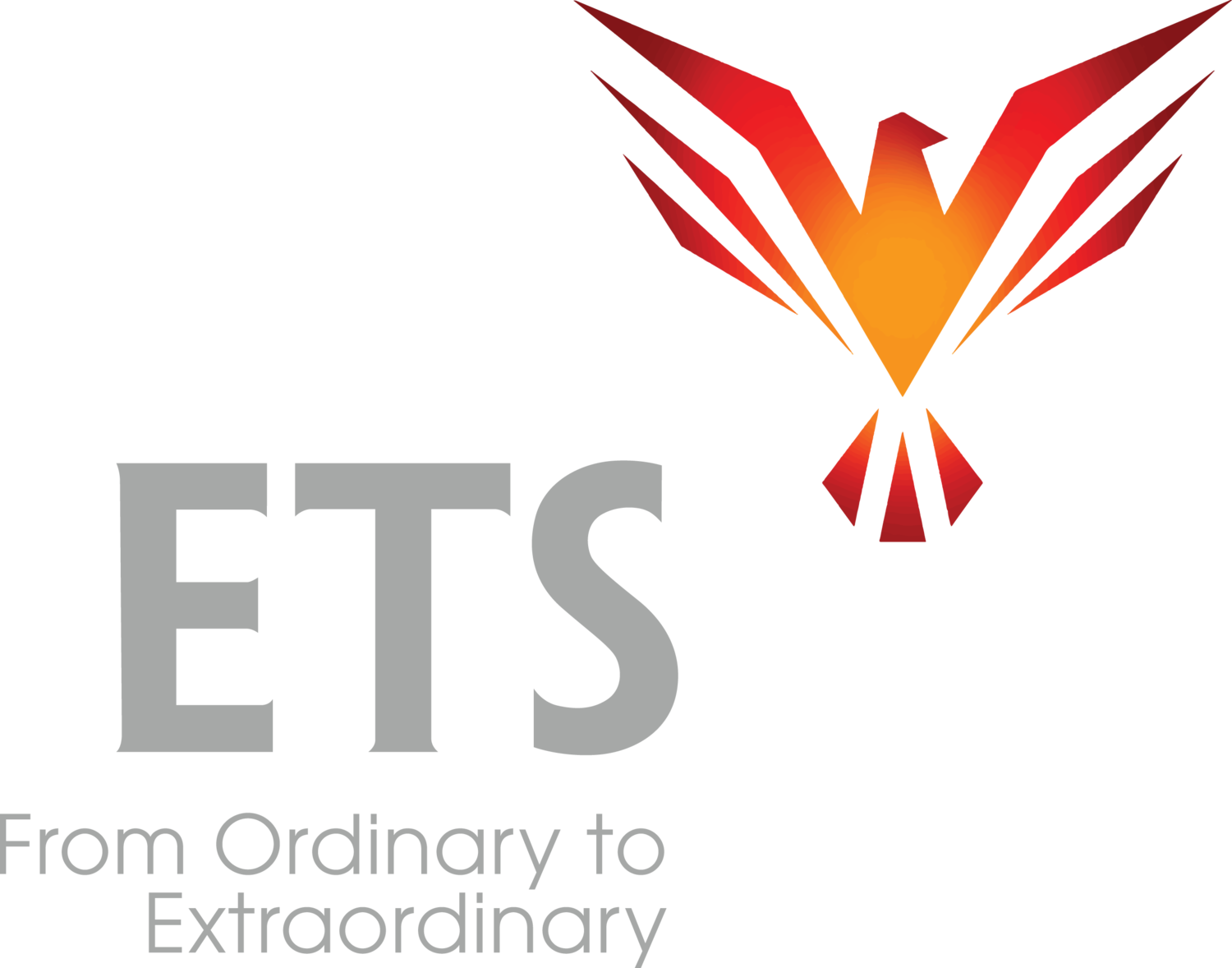“No, I can’t do that for you.” “No, I can’t attend that meeting.” “No, I can’t give that presentation.” “No, I can’t be there.”
No one likes to say, “No”. It’s the same when you have to give bad news.
It brings out the worst in people. People often get harsh when they’re saying, “No.” Their voice tones get an unpleasant edge to them.
People are basically good. They don’t like saying, “No, you can’t have that.”
And this lack of affinity for the message transfers into a lack of affinity for the person you’re talking to. If that happens to you, you can come across more harshly than is good for the relationship.
Imagine you’re in a job where you have to say, “No” 37 times a day.
Such was the life of Debbie Gross, Chief Executive Assistant for Cisco’s John Chambers, one of the top, most dynamic and cover-of-every-magazine CEOs in the world, leading a mega-organization of 70,000 employees, revenues of $48 billion.
Debbie was the contact point if you wanted to talk to John. Debbie was the one who arranged meetings and agendas between John and the President of the United States, or with the king of Saudi Arabia.
Debbie had to say, “No” to heads of state, global CEOs and a multitude of impressively pushy individuals both inside and outside Cisco.
She routinely heard things like, “We absolutely need to have John at that customer meeting, they flew in all the way from Europe, they want to see John and we need John there to close the deal.”
All of Debbie’s communications traveled on high voltage wires. They required a level of finesse most people have never seen. A badly communicated, “No” could reverberate shockwaves that would destroy fragile relationships costing Cisco untold millions of dollars and falling stock prices.
How do you say, “No” and preserve the relationship? How do you say, “No” and still create a good feeling between the two of you? How do you say “No” in a way that they understand, in a way they accept, a way where they’re OK with it and with you…so you can both move forward to create a beautiful relationship?
After an extremely successful, award-winning career at Cisco, internationally recognized as one of the top Executive Assistants in the world, Debbie has gone on to fulfill a lifelong dream as a highly in-demand speaker, coach, and author who is avidly followed by Executive Assistants from major corporations all over the world. Her speaking engagements draw crowds because they succeed in helping Executive Assistants become the Rock Stars they aspire to become. Her new book is even called The Rockstar Playbook and lays out a unique and surefire path to success.
I had the pleasure of coaching Debbie for many years and I would say I’m her biggest fan, but there’s too much competition for me to win that title.
Debbie made a beautiful 3-minute video on how to say, “No”. You can watch it here: How to Say No - YouTube
I remember well what happened the day Debbie changed her approach, as she shows in the video.
Results were instant. Debbie forwarded me a “Thank you” email from the first person she said, “No” to using her new approach. They not only accepted her “No” really well, they profusely thanked Debbie for her caring and told her how much they appreciated her. It was one of the warmest, nicest emails I’ve ever read.
Shortly after that, Debbie forwarded me another warm “Thank you” email. And then another and another. Debbie was forwarding a steady stream of them to me …. and then suddenly it stopped.
I emailed Debbie, asking her, “What happened? They were thanking you and suddenly it stopped.”
Debbie wrote, “Oh no, it didn’t stop, it’s totally continuing. I just got tired of sending them to you because there’s so many and they keep coming.”
And so it was. Debbie was in a new league.
Debbie was saying, “No” and receiving beautiful “Thank you” emails expressing great appreciation for her support and help.
It just goes to show that when you maintain your affinity for the other person, even if, and ESPECIALLY if, you hate the message, AND if you fully acknowledge them and do it so well that they can FEEL your genuine understanding, you can create surprising results. Much better for you and for the other person.
There is no shortage of opportunity to try this in your own sphere. Watch Debbie’s video and discover how to transform “No” into an extremely powerful tool for connection.
Be the cause!

